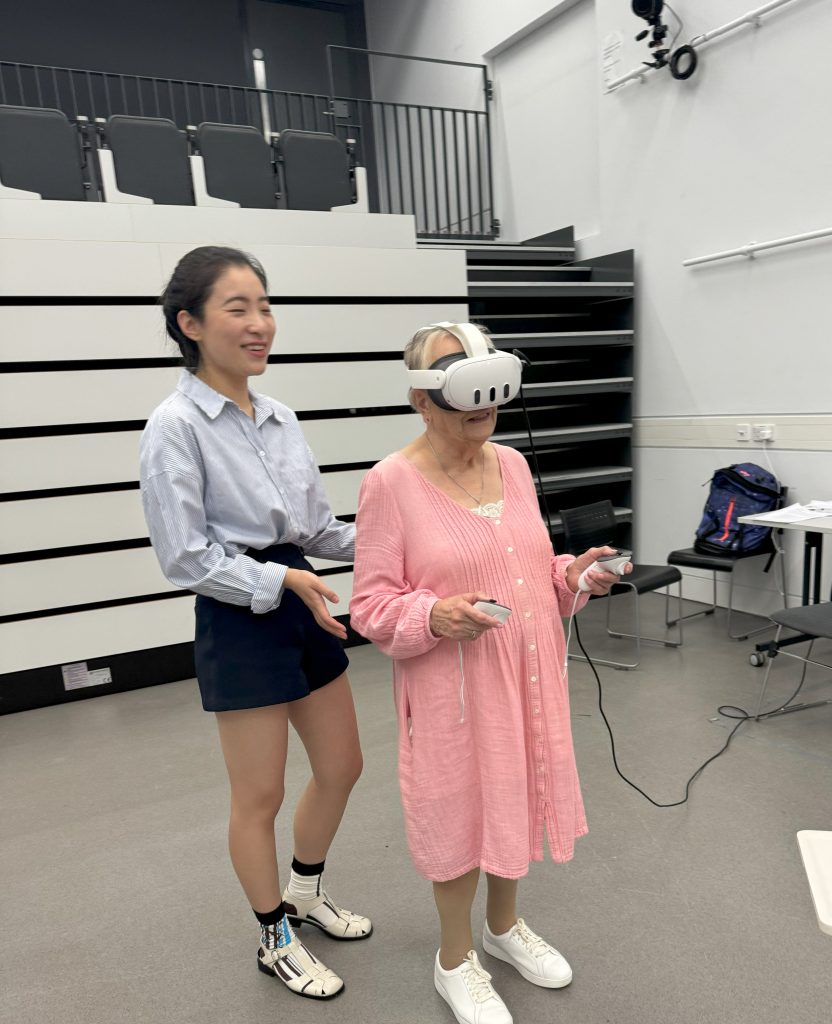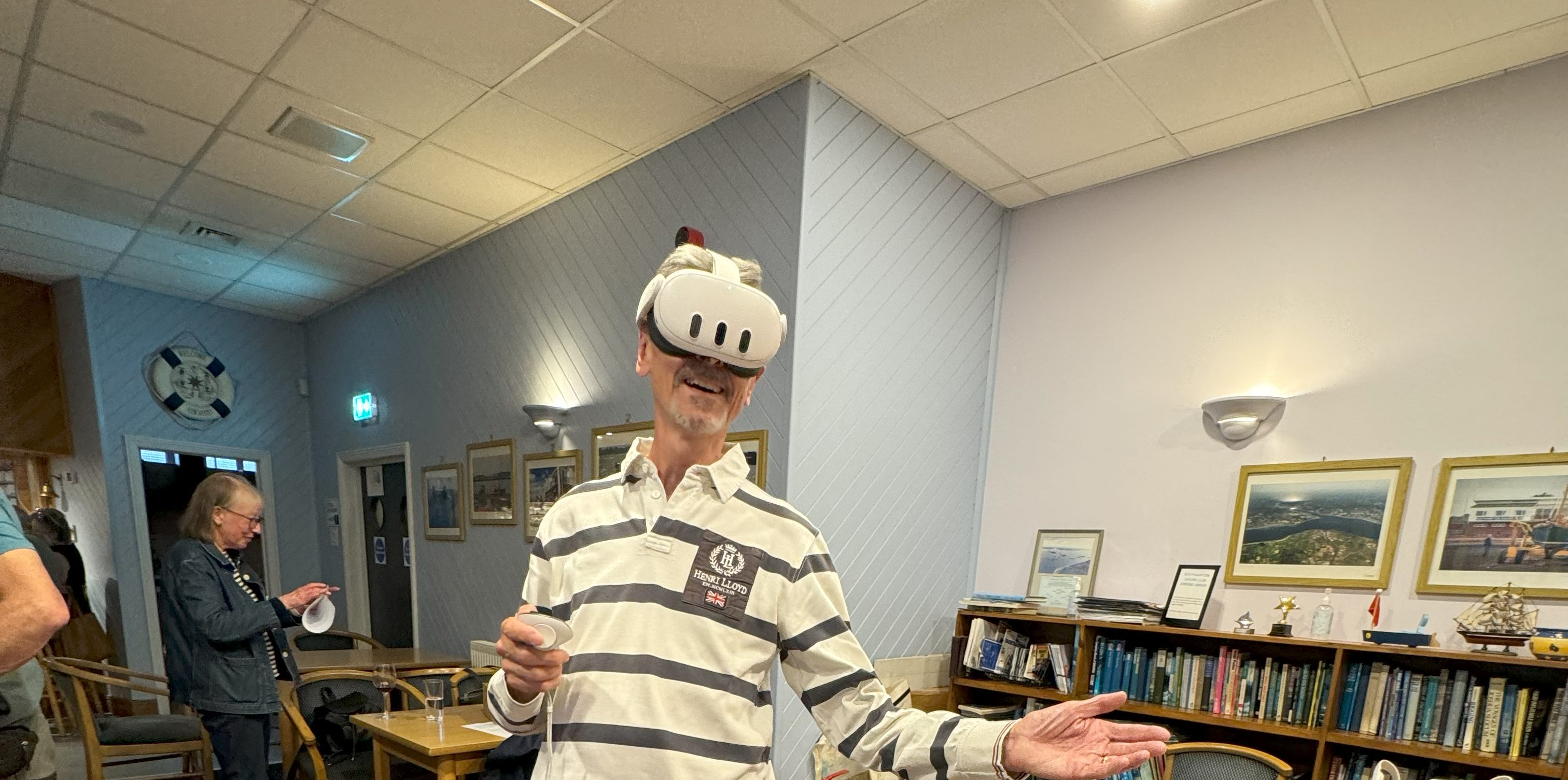Virtual Reality (VR) Grocery Shopping:
Enhancing Accessibility for Older Adults
Introduction
The aging population in the UK is growing, with estimates predicting that 27% of the population will be aged 65 and over by 2072. Grocery shopping is a crucial service for older adults, significantly impacting their health and well-being. However, many retailers fail to provide an accessible shopping experience for this demographic, with challenges ranging from store navigation to transportation and digital divide issues.
With the digital revolution transforming consumer habits, Virtual Reality (VR) has emerged as a potential solution to bridge the gap between traditional and online shopping experiences. This research explores the design and impact of a VR-based grocery shopping platform tailored for older shoppers, aiming to enhance accessibility, social interaction, and overall shopping satisfaction.
VR-Based Grocery Shopping Prototype
Developed using Unreal Engine, the VR shopping prototype replicates a physical supermarket, including aisles, shelves, freezers, and checkout areas. The virtual store features interactive product displays and dynamic navigation aids, allowing users to explore products in greater detail. The environment also includes a virtual shopping basket and trolley to simulate real-life grocery shopping.
Key Features:
- Realistic Store Layout: A familiar environment to ease adoption.
- Interactive Displays: Users can access detailed product information.
- Dynamic Navigation: Intuitive movement via VR headset controls.
- Social Integration: Potential for shared shopping experiences with friends or caregivers.
User Testing and Findings

A user study with 15 participants aged 65+ assessed the usability and experience of the VR shopping prototype. The evaluation process included background interviews, VR trials, post-experience interviews, and focus groups.
Key Findings:
- High Engagement: Most participants found the experience immersive and engaging.
- Positive Adoption Attitudes: Users unfamiliar with VR developed more favorable perceptions after testing the system.
- Minimal Cybersickness: The majority of participants experienced no significant discomfort.
- Willingness to Use: Many expressed interest in using VR shopping if available in the market.
Future Developments
Building on these insights, the next phase of research will focus on further enhancing usability and promoting social interaction in VR shopping environments. Future improvements include:
- Personalized Shopping Assistance: AI-driven recommendations based on dietary, health, and budgetary needs.
- Social Connectivity: Integration of avatars and shared shopping experiences to combat isolation.
- Enhanced Sensory Feedback: Smart textiles and haptic feedback to enrich virtual interactions.
Conclusion
VR grocery shopping presents an innovative approach to addressing accessibility challenges faced by older adults. By combining realistic store environments with advanced interactive features, VR technology can create an inclusive and engaging shopping experience. As digital adoption continues to rise, VR-based smart retail solutions have the potential to revolutionize grocery shopping, promoting healthy aging and social well-being.

